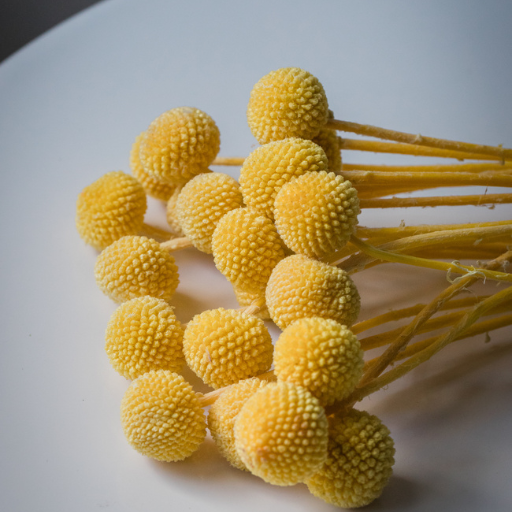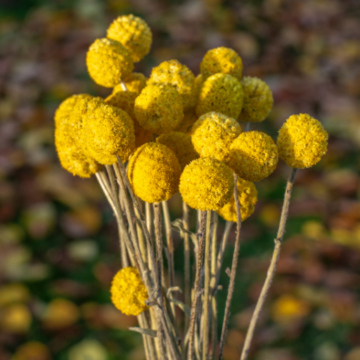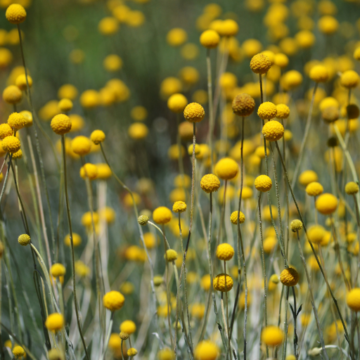Australia is a land of unique and breathtaking flora, but few flowers capture the essence of this vast continent quite like the Waratah. Known for its striking beauty and rich cultural significance, the Waratah has an intriguing history and a myriad of uses in both traditional and modern contexts.
The Waratah belongs to the family Proteaceae, which includes a variety of flowering plants native to Australia and South Africa. There are several species of Waratah, with Telopea speciosissima, commonly known as the New South Wales Waratah, being the most famous. Its vibrant crimson flower head and serrated leaves make it an iconic symbol of the Australian bush.

Aboriginal communities have long held the Waratah in high regard. For many Indigenous Australians, this flower carries deep spiritual meaning, symbolising connection to the land and ancestral wisdom. It has also been used in traditional ceremonies and for medicinal purposes.
In European culture, Waratahs became popular in the 19th century, symbolising beauty, strength and resilience. Their intricate beauty has inspired numerous artists and photographers over the years, including famous Australian painters like Margaret Preston https://www.artgallery.nsw.gov.au/collection/works/217.1977/ and Ellis Rowan, this one being a favourite https://www.artgallery.nsw.gov.au/collection/works/76.1992/
During the Victorian era, the Waratah was seen as a symbol of love and admiration. In contemporary times, it continues to represent a love of nature, native flora and the unique Australian landscape. It also stands for resilience and the ability to thrive in challenging conditions, which resonates strongly with modern Australians.
Traditionally, Indigenous Australians used the Waratah for various medicinal purposes, such as treating coughs and colds. https://foliagefriend.com/waratah-flower-meaning/#:~:text=Furthermore%2C%20Waratah%20flowers%20have%20been,%2C%20colds%2C%20and%20skin%20conditions. While its medicinal use has decreased over time, the flower’s high tannin content suggests potential for future research in pharmaceuticals.

Apart from its botanical name, Waratahs are known by various common names, including ‘red boys’ and ‘blood flower.’ They are highly sought after in the cut flower industry due to their striking appearance and long vase life.
Waratahs typically grow in well-drained, sandy or loamy soils and require a sunny spot in the garden. While the New South Wales Waratah is the most common, there are other species and varieties with unique characteristics and colors, such as the Pink Spider Waratah and Shady Lady Waratah. https://www.gardeningwithangus.com.au/telopea-shady-lady-red-waratah/
Waratahs have a surprisingly long vase life, often lasting up to two weeks if properly cared for. To extend their life, cut the stems at a sharp angle, remove any leaves that would be submerged in water and change the water regularly. Avoid placing them in direct sunlight or near heating sources to prevent premature wilting.
Surrounding oneself with the natural beauty of Waratahs and other native flora can have a positive impact on mental health. Their vibrant colour and connection to the Australian landscape evoke feelings of tranquility and connection to nature.

Fun Facts
- The Waratah is not only the state emblem of New South Wales but also the floral emblem of the state.
- The flower’s name ‘Waratah’ is derived from the Eora Aboriginal people’s language, which is native to the Sydney area.
- Waratahs have a complex pollination system, relying on native birds like honeyeaters for pollination.
- Indigenous Australians used Waratah resin to attach stone spearheads to wooden shafts.
The Waratah stands as a captivating emblem of Australia’s distinctive flora and cultural heritage. With its striking beauty, deep historical roots and potential medicinal uses, this cherished flower holds a special place in both traditional and contemporary settings. Whether it’s sitting pretty in a vase or thrives in its natural habitat, the Waratah celebrates the awe-inspiring natural wonders of this unique land.








